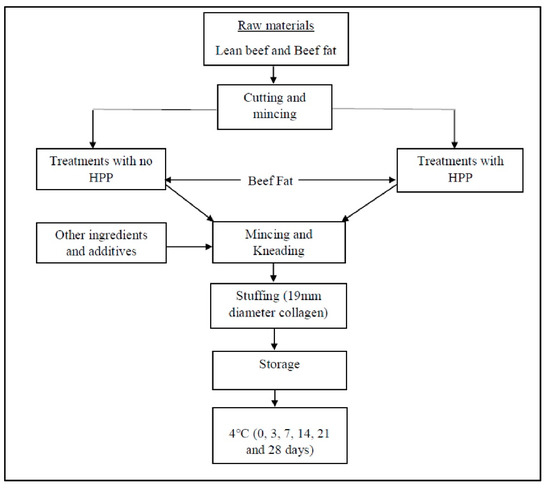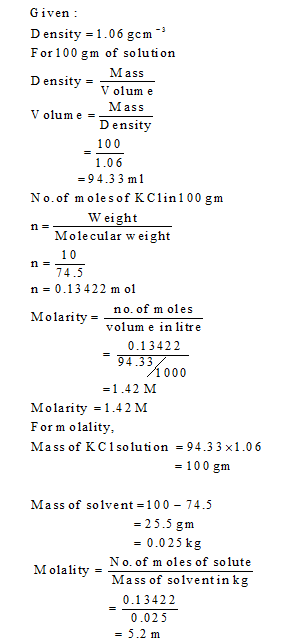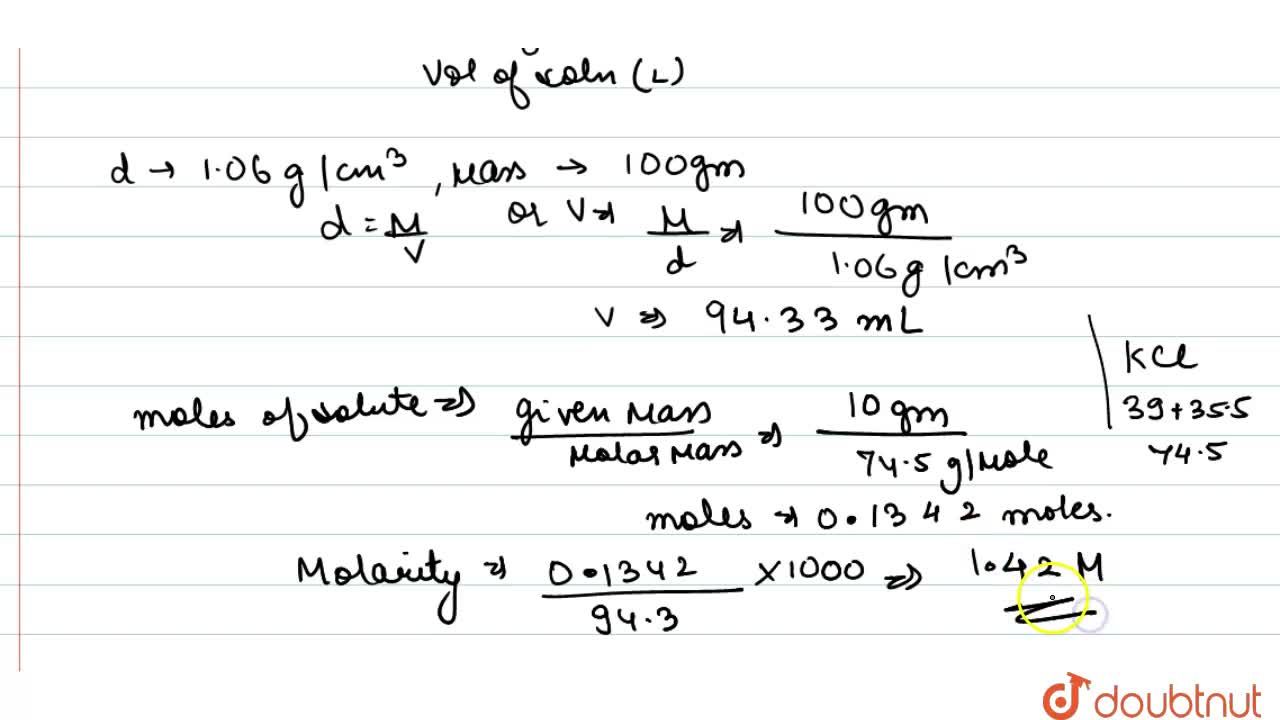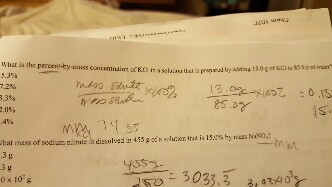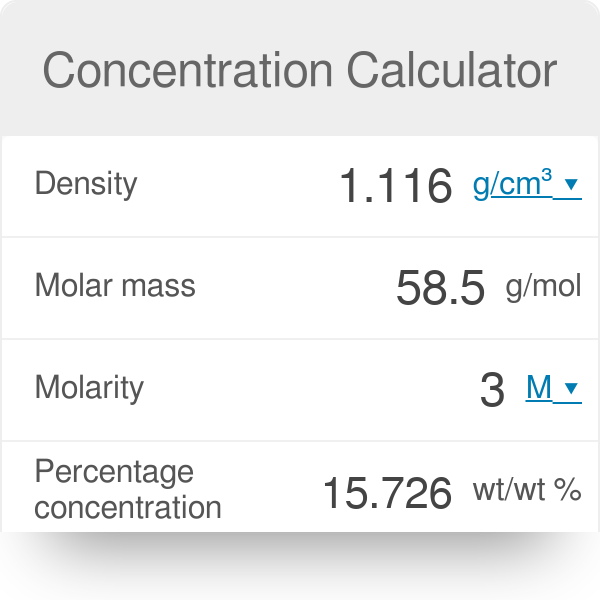
A solution of `KCl` has a density of `1.69 g mL^(-1)` and is 67% by weight. Find the denisty of ... - YouTube

Calculate the molarity and molality of 20% aqueous ethanol (C2H5OH) solution by volume. (Density of solution = 0.96 g/mL)

Aq KCL #solution of #density 1.2 g/ml has a #molality of 3.30 mol/kg. find #molarity. #jeemains2021 - YouTube

A solution is prepared by dissolving 4 g of NaOH to give 500 ml of it. Calculate the molality of the solution.

The density of a 10.0% by mass of KCl solution in water 1.06 g/mL. Calculate molarity, molality and mole fraction of KCl in this solution respectively.
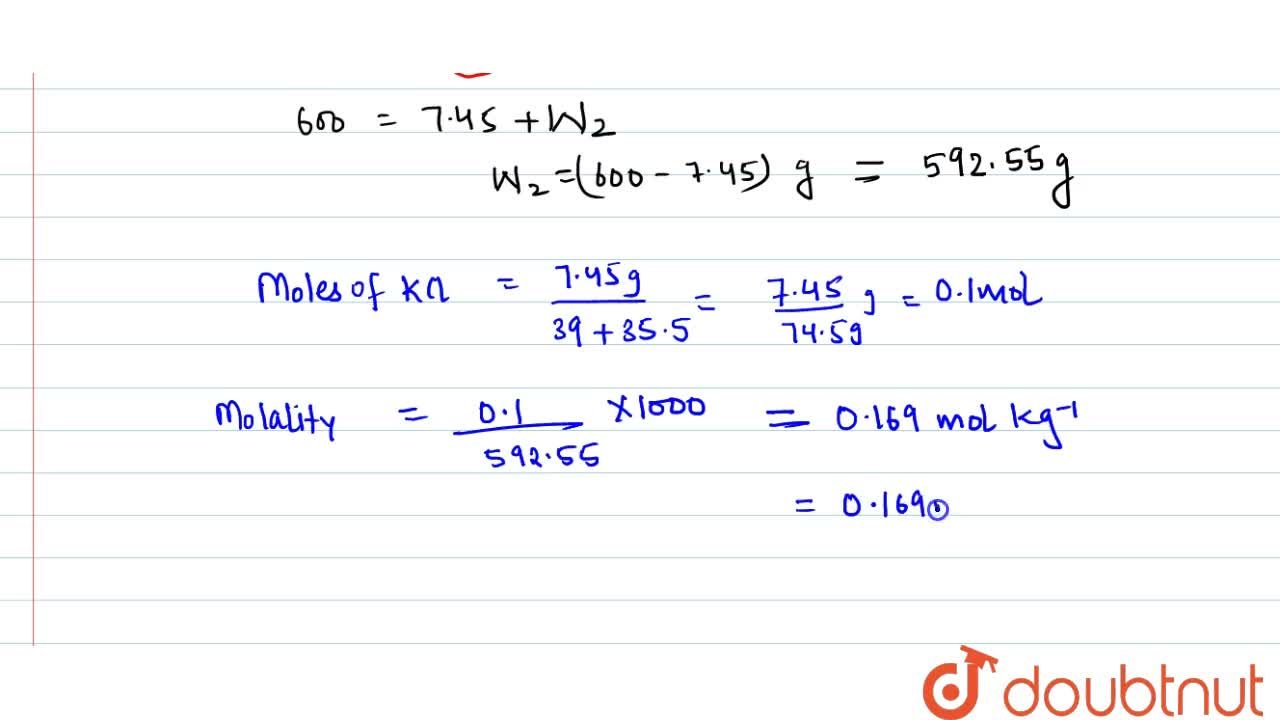
Calculate the molarity of KCl solution prepared by dissolving 7.45 g of KCl in 500 mL of the solution. (d(sol) = 1.2 g mL^(-1))

Utilization of Low-Concentration CO2 with Molecular Catalysts Assisted by CO2-Capturing Ability of Catalysts, Additives, or Reaction Media | Journal of the American Chemical Society

The density of `3M` solution of `NaCl` is `1.25 g mL^(-1)`. The molality of the solution is... - YouTube

The density of a 10.0% by mass of KCl solution in water 1.06 g/mL. Calculate molarity, molality and mole fraction of KCl in this solution respectively.
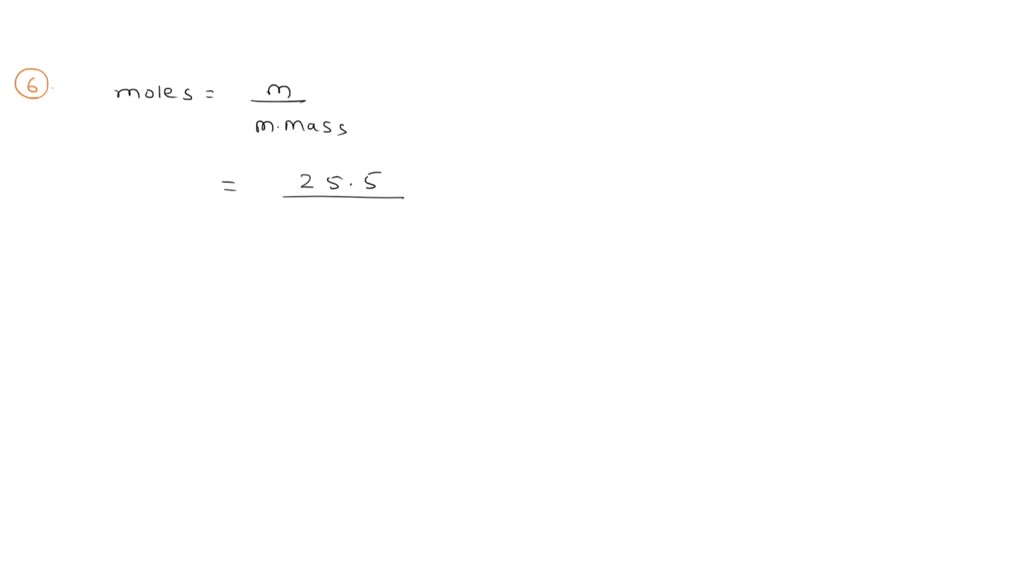
SOLVED: What is the Molar concentration of a solution with a volume 3.3 mL that contains 12 grams of ammonium sulfite? How many grams of copper (II) fluoride are needed to make

The density of 3 M solution of NACl is `1.25 g mL^(-1)`. Calculate the molality of the solution. - YouTube

Solution Density Models as Functions of Sodium Chloride, Hydroxypropyl-β-cyclodextrin, and Temperature (278.15–333.15 K) via Progressive Linear and Stepwise Regression | Journal of Chemical & Engineering Data

Small molecule SWELL1 complex induction improves glycemic control and nonalcoholic fatty liver disease in murine Type 2 diabetes | Nature Communications
Change in the concentration of silicon-containing ions in the KCl melt... | Download Scientific Diagram

Ketamine decreases neuronally released glutamate via retrograde stimulation of presynaptic adenosine A1 receptors | Molecular Psychiatry
